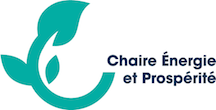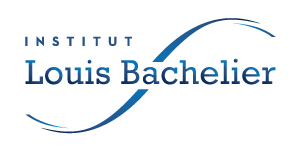After discussing the weaknesses of the aggregated statistical approach to estimate economic damage, we conclude that, if these functions cannot reasonably be trusted for such a large cooling, they should not be considered to provide relevant information on potential damage in the case of a warming of similar magnitude, as projected in the case...
Les documents en lien avec la thèse d'Aurélien Bigo "Les transports face au défi de la transition énergétique. Explorations entre passé et avenir, technologie et sobriété, accélération et ralentissement" sont présentés sur cette page
We assume that a project requires an initial outlay and may either succeed or fail. The probability of success depends on its type and...
This article examines the merits of making aid conditional on environmental efforts.
This article aims to analyse the compliance of CAC 40 firms with the recommendations of the Task Force on Climate‐related Financial Disclosures.
This article conducts a bibliometric analysis of the academic publications on the financing of renewable energies referenced in Web of Science up to June 2018. Our analysis reveals 11 main clusters. We highlight the fact that a majority of the sample focuses on market-based policy instruments used to support renewable energy development.
This paper examines the cost competitiveness of an extra-large-scale (275,000 m3/d) solar-powered desalination, taking as a case study the Chtouka Ait Baha plant in Morocco.
In this article we use the recent Covid-19 crisis to investigate what motivates individuals in their decisions to deal with two externalities, namely disease transmission, in particular social distancing, and the willingness to undertake green expenditure.
In "Why environmental management may yield no-regret pollution abatement options", Ecological Economics, 2009, Bréchet and Jouvet claim to have theoretically shown that profits maximizing firms can reduce pollution compared to laissez-faire and increase their profits. We correct multiple errors in their paper, with the conclusion that their claim no longer stands.
The aim of this article is to identify the conditions under which teleworking leads to a net reduction in economy-wide energy consumption, and the circumstances where benefits may be outweighed by unintended impacts.
No Upcoming Events found!


